Home>Dining>Events & Etiquette>What To Bring To An Indian Dinner Party
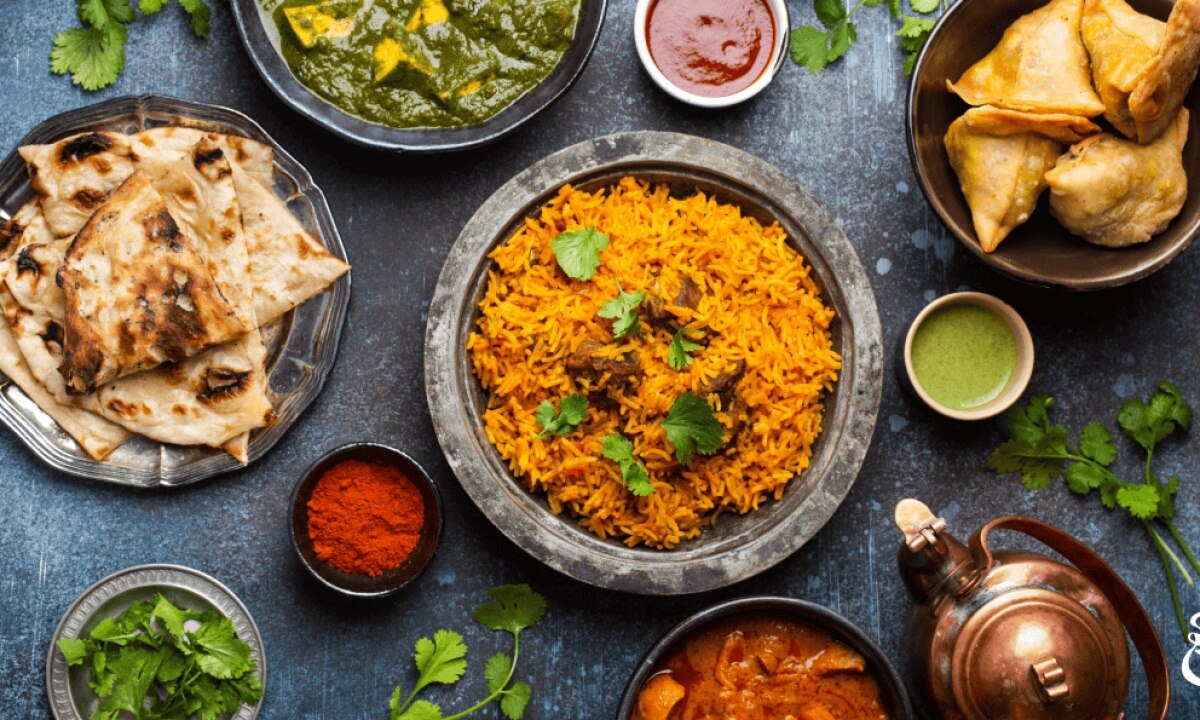

Events & Etiquette
What To Bring To An Indian Dinner Party
Modified: January 19, 2024
Discover the essential items to bring to an Indian dinner party, ensuring you have an unforgettable experience. Learn about event and etiquette tips for a successful evening of cultural immersion.
(Many of the links in this article redirect to a specific reviewed product. Your purchase of these products through affiliate links helps to generate commission for Storables.com, at no extra cost. Learn more)
Introduction
Welcome to the vibrant and diverse world of Indian dinner parties! If you have been invited to one, you are in for a treat. Indian dinner parties are known for their warm hospitality, flavorful cuisine, and lively atmosphere. Attending such an event can be a truly enriching experience, allowing you to immerse yourself in the colorful traditions and cultural nuances of India.
But before you join in the festivities, it’s essential to understand the etiquette and customs associated with Indian dinner parties. In this article, we will guide you on what to bring and how to ensure you are a welcome guest.
Whether you are attending your first Indian dinner party or have been invited to many before, these tips will help you navigate through the event with grace and respect. From appropriate attire to the perfect gift for your host or hostess, we will cover all the essential elements that will enhance your experience and make it a memorable one.
So, get ready to embark on a cultural journey as we delve into the fascinating world of Indian dinner parties and discover the dos and don’ts that will make you the perfect guest.
Key Takeaways:
- Embrace traditional Indian attire, bring a thoughtful gift, and offer to assist the host for a memorable and respectful Indian dinner party experience.
- Show respect for cultural practices, engage in conversation, and try a variety of dishes to fully immerse yourself in the vibrant world of Indian dinner parties.
Read more: What To Bring For A Dinner Party
Traditional Indian Attire
When it comes to dressing for an Indian dinner party, embracing the rich and vibrant traditional Indian attire is the way to go. For women, a stunning saree or a beautiful salwar kameez is the perfect choice. A saree is a long piece of fabric draped elegantly over the body, while a salwar kameez consists of a loose-fitting top paired with pants or a skirt.
For men, a classic kurta pyjama or sherwani is the ideal choice. A kurta pyjama is a long top paired with loose-fitting pants, while a sherwani is a more elaborate and formal option, typically worn for special occasions.
When selecting your attire, opt for vibrant colors and intricate designs that reflect the rich Indian culture. Traditional Indian attire not only adds a touch of elegance and authenticity to the event but also honors the cultural significance of the occasion.
It’s important to note that Indian dinner parties often involve sitting on the floor or low seating arrangements such as cushions or mats. Therefore, choose attire that is comfortable and allows easy movement. Avoid wearing excessive jewelry or accessories that might hinder your comfort during the festivities.
In embracing traditional Indian attire, you not only show respect for the culture but also become an active participant in the celebration of Indian traditions and values.
Appropriate Footwear
Choosing the right footwear is essential when attending an Indian dinner party. As these events often involve sitting on the floor or low seating arrangements, it is important to opt for comfortable and appropriate footwear that allows you to move around with ease.
For women, wearing a pair of comfortable and stylish flats or sandals is a great choice. Avoid high heels or stilettos, as they may not provide the necessary stability or comfort for the duration of the party. Additionally, flat footwear will prevent any accidental damage to delicate carpets or rugs that may be part of the decor.
Men can opt for traditional Indian footwear like mojris or juttis, which are beautifully crafted traditional shoes made of leather or fabric. These comfortable slip-on shoes provide a touch of elegance to the overall attire and are suitable for the floor seating arrangement.
It is important to note that some Indian households may require guests to remove their shoes before entering the main areas of the house. In such cases, it is respectful to comply with the host’s request and follow their customs. You may want to bring a pair of clean socks or foot covers to wear indoors.
By selecting appropriate footwear, you can ensure that you are both comfortable and respectful of the host’s customs throughout the event.
Gift for the Host/Hostess
When attending an Indian dinner party, it is customary to bring a gift as a token of appreciation for the host or hostess. This gift serves as a gesture of gratitude for their invitation and the effort they have put into organizing the event.
When selecting a gift, consider something that reflects the Indian culture and is meaningful. Here are a few ideas to inspire you:
- Traditional Indian sweets: A box of assorted Indian sweets, such as ladoos or barfis, is a delightful gift that the host and other guests can enjoy together. These sweets are an integral part of Indian celebrations and will be appreciated.
- Decorative items: Indian households often value decorative items that can adorn their living spaces. Consider gifting items such as intricately designed tea light holders, Ganesh idols, or wall hangings that reflect Indian art and culture.
- Spices and condiments: Indian cuisine is known for its bold flavors, and gifting a set of high-quality Indian spices or condiments can be a thoughtful and practical choice. Consider a spice box containing various spices or a collection of exotic chutneys and pickles.
- Traditional attire accessories: If you know the preferences of the host or hostess, you can consider gifting accessories such as bangles, earrings, or an intricately designed stole that complements their traditional attire.
- Books or music: For those who appreciate literature or music, a book on Indian culture, cuisine, or a classic Indian music CD can make for a thoughtful and enriching gift.
Remember to present the gift with both hands as a sign of respect. If you are unsure of the preferences or dietary restrictions of the host or hostess, it’s always a good idea to politely inquire beforehand or choose a more generic gift option.
By presenting a thoughtful and culturally significant gift, you express your gratitude and contribute to the joy of the Indian dinner party.
A Traditional Indian Dish
When attending an Indian dinner party, it is customary and appreciated to bring a traditional Indian dish to share with the host and other guests. Offering a delicious homemade dish allows you to contribute to the culinary experience and showcase your culinary skills.
Choosing the right dish can be a delightful challenge since Indian cuisine is diverse and vibrant, with each region having its own specialties. Here are a few popular dishes to consider:
- Biryani: Biryani is a fragrant rice dish cooked with aromatic spices, meat (such as chicken, mutton, or fish), and sometimes vegetables. It is a flavorful and rich dish that is often associated with special occasions and gatherings.
- Chole Bhature: Chole Bhature is a popular North Indian dish consisting of spicy chickpeas cooked in a tangy tomato-based gravy, served with crispy deep-fried bread called Bhature. It is a hearty and satisfying option for vegetarians.
- Butter Chicken: Butter Chicken, also known as Murgh Makhani, is a classic Punjabi dish known for its rich and creamy tomato-based gravy, flavored with spices and succulent pieces of marinated chicken.
- Masala Dosa: Originating from South India, Masala Dosa is a thin and crispy fermented crepe made from rice and lentil batter. It is typically filled with a spiced potato filling and served with chutney and sambar.
- Gulab Jamun: Gulab Jamun is a popular Indian dessert made from deep-fried milk solids soaked in cardamom-infused sugar syrup. These golden brown, syrup-soaked spheres are decadently sweet and often served warm.
It’s important to consider any dietary restrictions or preferences of the host and guests. Vegetarian, vegan, or gluten-free options are always appreciated to accommodate different dietary needs.
Remember to present your dish beautifully and garnish it with fresh herbs or a sprinkle of spices. This not only enhances the visual appeal but also adds to the overall dining experience.
Sharing a traditional Indian dish allows you to showcase the richness and diversity of Indian cuisine while fostering a sense of community and togetherness at the dinner party.
Read more: What To Bring For Dessert To A Dinner Party
Non-Alcoholic Beverages
When attending an Indian dinner party, it’s important to consider the preferences and cultural norms surrounding alcohol consumption. Many Indian households prefer to serve non-alcoholic beverages, especially if the event is held in a religious or conservative setting. Offering and enjoying non-alcoholic beverages not only respects the host’s beliefs but also allows everyone, including those who do not consume alcohol, to partake in the festivities.
Here are a few popular non-alcoholic beverages commonly served at Indian dinner parties:
- Mango Lassi: A refreshing and creamy blend of ripe mangoes, yogurt, and a touch of sugar. This sweet and tangy drink is a crowd favorite and a perfect accompaniment to spicy Indian dishes.
- Jaljeera: Jaljeera is a spicy and tangy drink made with a mix of roasted cumin powder, black salt, mint, coriander, and chilled water. It is known for its cooling properties and is often served as a welcome drink.
- Buttermilk: Buttermilk, also known as chaas, is a traditional Indian drink made from yogurt, water, and a blend of spices like cumin, salt, and mint. It is a cooling and refreshing drink that aids digestion.
- Thandai: Thandai is a traditional Indian drink made from a mix of almonds, cashews, pistachios, melon seeds, fennel seeds, and flavored with rose water and saffron. It is commonly served during festivals like Holi and is loved for its rich and aromatic taste.
- Mocktails: Mocktails are non-alcoholic cocktails that offer a wide variety of flavors and combinations. These refreshing and colorful drinks are made by mixing different fruit juices, syrups, and soda water. Some popular options include Virgin Mojito, Shirley Temple, or a fruit punch.
Remember to serve these non-alcoholic beverages in attractive glasses or traditional earthenware for an authentic touch. Adding a garnish of mint leaves, a sprinkle of spices, or a dash of lemon zest can elevate the presentation and enhance the flavors.
By embracing the non-alcoholic beverage options, you can enjoy the vibrant flavors of Indian drinks while respecting the cultural norms and preferences of the host and other guests.
When attending an Indian dinner party, it’s always a good idea to bring a small gift for the host, such as flowers or sweets. It’s a common gesture of appreciation in Indian culture.
Indian Spices and Condiments
Indian cuisine is renowned for its bold and flavorful use of spices and condiments. When attending an Indian dinner party, bringing along a selection of Indian spices and condiments can be a thoughtful and practical gift that enhances the dining experience for everyone.
Here are some essential Indian spices and condiments that you can consider bringing:
- Garam Masala: Garam masala is a fragrant spice blend commonly used in Indian cooking. It typically includes spices like cumin, coriander, cardamom, cinnamon, cloves, and black pepper. Offering a jar of homemade garam masala adds depth and complexity to Indian dishes.
- Turmeric: Known for its vibrant golden color and healing properties, turmeric is a staple spice in Indian cuisine. It adds a warm and earthy flavor to both savory and sweet dishes, and its health benefits make it highly valued.
- Red Chili Powder: Red chili powder is made from dried and ground red chilies. It provides heat and adds a spicy kick to various Indian dishes. You can bring a jar of mild or hot chili powder, depending on the spice tolerance of the host and guests.
- Mustard Seeds: Mustard seeds come in different varieties and are often used for tempering in Indian cooking. These tiny seeds have a nutty and pungent flavor that enhances the taste of various dishes. Offering both black and yellow mustard seeds can provide versatility to the host’s spice collection.
- Tamarind Paste: Tamarind paste is made from the pulp of the tamarind fruit. It adds a tangy and slightly sweet flavor to dishes and is frequently used in chutneys, curries, and sauces. Providing a jar of tamarind paste allows the host to incorporate this essential ingredient into their cooking.
Along with spices, you can also consider bringing traditional Indian condiments like mango pickle, mint chutney, or coconut chutney. These flavorful accompaniments complement Indian dishes and add an extra layer of taste.
Ensure that the spices and condiments are properly packaged and labeled to avoid any mishaps or confusion. Indian spices and condiments are often stored in airtight containers to maintain their freshness and aroma.
By gifting Indian spices and condiments, you not only provide the host with valuable and versatile ingredients but also contribute to the authenticity and depth of flavors in the Indian dinner party.
Tableware and Serving Utensils
When attending an Indian dinner party, offering to bring tableware and serving utensils can be a helpful gesture and ensure that the host has everything they need to serve the meal. The right tableware and serving utensils not only enhance the presentation of the food but also add to the overall dining experience.
Here are some essential items you can consider bringing:
- Indian-style Plates and Bowls: Indian cuisine often consists of multiple dishes, each with its own flavors and textures. Bringing traditional Indian-style steel, copper, or brass plates and bowls allows the host to serve the meal in an authentic and aesthetically pleasing manner.
- Chapati Board and Rolling Pin: If the dinner party includes Indian breads like chapatis or rotis, offering to bring a chapati board and rolling pin can be incredibly helpful. These items make it easier to roll and cook the breads just before serving.
- Serving Platters and Bowls: Offering to bring a few decorative serving platters and bowls can add elegance to the dining table. Opt for sizes and styles that can accommodate a variety of dishes, from rice and curries to appetizers and desserts.
- Serving Spoons and Ladles: A set of sturdy and well-designed serving spoons and ladles will make it easier for the host to serve the different dishes. Ensure that you bring enough utensils to accommodate each dish and avoid cross-contamination of flavors.
- Napkins and Tissues: Providing a stack of napkins or tissues can come in handy for the guests and help maintain cleanliness throughout the meal. Opt for colorful or patterned designs that add a festive touch to the table setting.
When offering to bring tableware and serving utensils, it’s important to coordinate with the host beforehand. They may have specific preferences or already have their own collection of servingware. By communicating and collaborating, you can ensure that your contribution aligns with the host’s vision for the dinner party.
Remember to handle the utensils with care and arrange them neatly on the dining table before the meal. This attention to detail shows your thoughtfulness and helps create a visually appealing ambiance.
By offering to bring tableware and serving utensils, you assist the host in presenting the dishes with elegance and ensure a smooth and enjoyable dining experience for all.
Indian Music or Entertainment
Music and entertainment play a significant role in Indian culture, adding joy, energy, and a festive atmosphere to any gathering. When attending an Indian dinner party, you can contribute to the ambiance by bringing along Indian music or arranging for traditional Indian entertainment.
Here are a few ideas to infuse the party with Indian music or entertainment:
- Indian Music Playlist: Prepare a curated playlist of popular Indian songs that encompass various genres, including Bollywood, classical, folk, or devotional music. This playlist can set the mood and uplift the spirit of the dinner party, providing a backdrop of melodic tunes for the guests to enjoy.
- Live Music Performance: If you have talented friends or acquaintances who play instruments or sing Indian music, you can invite them to perform live during the dinner party. It could be a solo performance, a duet, or even a small ensemble playing traditional Indian instruments like sitar, tabla, or flute.
- Traditional Dance Performance: Indian dance forms like Bharatanatyam, Kathak, or Odissi are rich in culture and artistry. Arranging for a traditional dance performance can captivate the audience and provide a glimpse into the mesmerizing world of Indian classical dance. Alternatively, you can invite guests to participate in a fun group dance like Bhangra or Garba.
- Henna or Mehndi Artist: Invite a henna or mehndi artist to the dinner party to offer temporary henna tattoos to the guests. It’s a beautiful and traditional art form that adds a touch of elegance and cultural significance to the event.
- Trivia or Quiz Games: Organize a trivia or quiz game focused on Indian culture, history, music, or Bollywood. This interactive activity engages the guests, encourages friendly competition, and sparks conversations about India’s rich heritage.
When planning the music or entertainment, be sure to coordinate with the host to ensure that your options align with their preferences and the overall vibe of the party. Additionally, consider the space available and any technical requirements, such as audio equipment or performance areas.
By incorporating Indian music or entertainment, you create a lively and immersive atmosphere that celebrates the vibrant traditions and cultural heritage of India, making the dinner party a memorable and enjoyable experience for all.
Read more: What Is A Progressive Dinner Party?
Comfortable Seating Options
Indian dinner parties often involve sitting on the floor or low seating arrangements, such as cushions, mats, or traditional Indian furniture like a “chowki” or “manjis.” To ensure the comfort of all guests, it’s important to consider providing comfortable seating options.
Here are some suggestions to enhance the seating arrangements:
- Cushions and Floor Pillows: Arrange a collection of soft cushions and floor pillows to create a cozy and relaxed seating space. These cushions provide support and cushioning, allowing guests to sit comfortably for extended periods.
- Backrests and Bolsters: Consider providing backrests or bolsters to offer additional support and comfort while seated on the floor. These can be placed behind the cushions or used individually to create a comfortable sitting posture.
- Folding Chairs or Stools: For guests who might prefer or require a higher seating option, providing foldable chairs or stools can be a practical solution. These portable seating options can be easily adjusted to accommodate individual preferences.
- Bean Bags or Floor Rockers: In lieu of traditional seating, bean bags or floor rockers can add a modern and playful touch to the seating arrangement. These flexible and comfortable options provide a relaxed and casual sitting experience.
- Blankets and Throws: Place cozy blankets or throws on the floor for guests to use if they feel chilly during the dinner party. These can also add a touch of warmth and style to the seating area.
When setting up the seating area, ensure that there is enough space for guests to move around comfortably. It’s important to consider the number of guests and the size of the venue to maintain a spacious and uncluttered seating arrangement.
By providing comfortable seating options, you ensure that guests can enjoy the meal and festivities without any discomfort. Remember to communicate with the host regarding the seating arrangements to avoid duplicating efforts and ensure a coordinated approach.
With thoughtful seating arrangements, you create a welcoming and relaxing environment where guests can fully enjoy the Indian dinner party experience.
Additional Tips for a Successful Indian Dinner Party
Attending an Indian dinner party is a wonderful opportunity to immerse yourself in the cultural richness and traditions of India. To ensure a successful and enjoyable experience for everyone involved, here are some additional tips to keep in mind:
- Arrive on Time: Indian dinner parties often follow a schedule, so punctuality is important. Arriving on time shows respect for the host’s efforts and allows you to fully participate in the various activities and food courses.
- Respect Cultural Practices: Familiarize yourself with any cultural practices or customs that may be observed during the party. This includes removing your shoes if requested, addressing elders with respect, and following food etiquette, such as using your right hand for eating.
- Engage in Conversation: Indian dinner parties are lively and social occasions. Engage in conversation with other guests, showing genuine interest in their culture, experiences, and stories. This fosters a sense of community and creates lasting connections.
- Try a Variety of Dishes: Indian cuisine offers a wide array of flavors and dishes. Be open to trying different foods and flavors, and don’t be afraid to ask the host for recommendations or explanations about the dishes being served.
- Show Appreciation: Express your gratitude to the host for their hospitality, the delicious meal, and the effort put into organizing the dinner party. This can be done during the event or by sending a thank-you note or message afterwards.
- Offer Assistance: If appropriate, offer your help to the host during the dinner party. It could be setting the table, serving food, or helping with clean-up afterwards. This gesture shows your appreciation and willingness to contribute to the event.
- Follow up with a Gesture: After the dinner party, consider sending a small gift, such as a box of Indian sweets or a handwritten note, to express your gratitude once again. This thoughtful gesture strengthens the bonds created during the celebration.
- Remember to Have Fun: Finally, relax, enjoy the cultural experience, and have fun! Indian dinner parties are filled with laughter, music, and joy. Embrace the festive atmosphere, savor the delicious food, and create lasting memories with new friends.
By keeping these tips in mind, you can ensure a successful and memorable Indian dinner party experience. Embrace the cultural traditions, engage with fellow guests, and show appreciation for the host’s efforts. With these considerations, you will create cherished memories and forge meaningful connections at the event.
Frequently Asked Questions about What To Bring To An Indian Dinner Party
Was this page helpful?
At Storables.com, we guarantee accurate and reliable information. Our content, validated by Expert Board Contributors, is crafted following stringent Editorial Policies. We're committed to providing you with well-researched, expert-backed insights for all your informational needs.
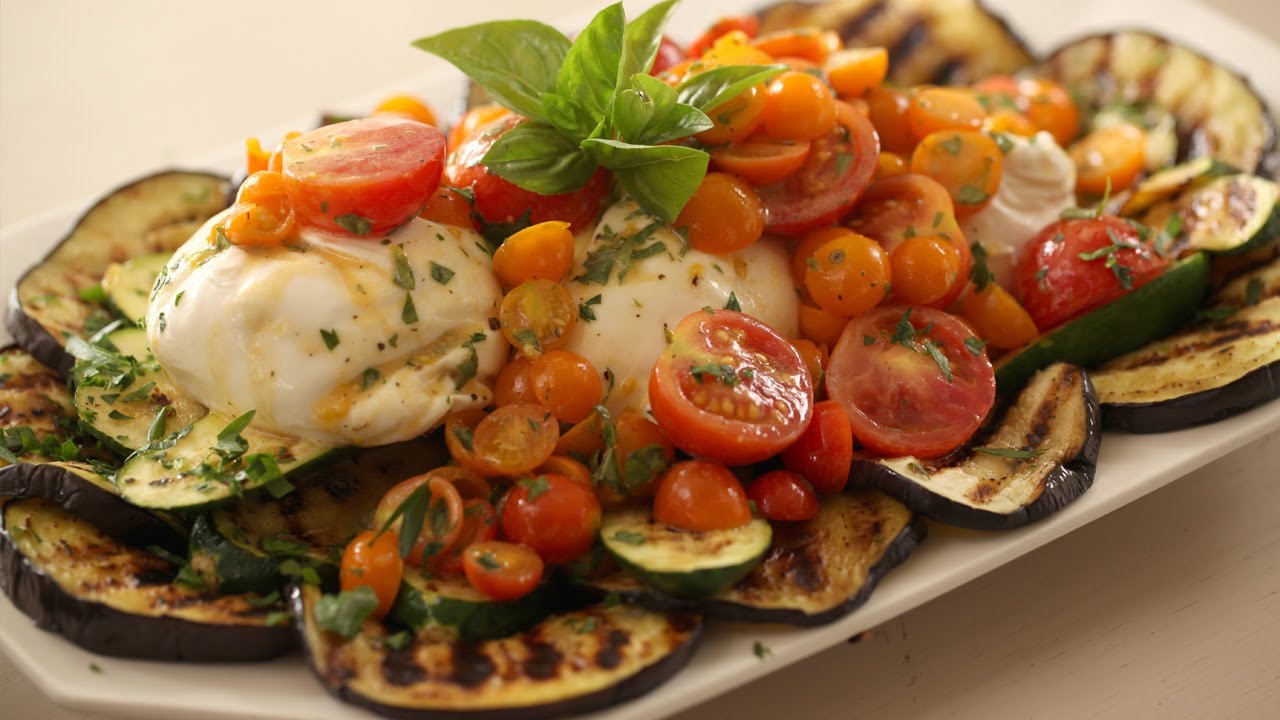

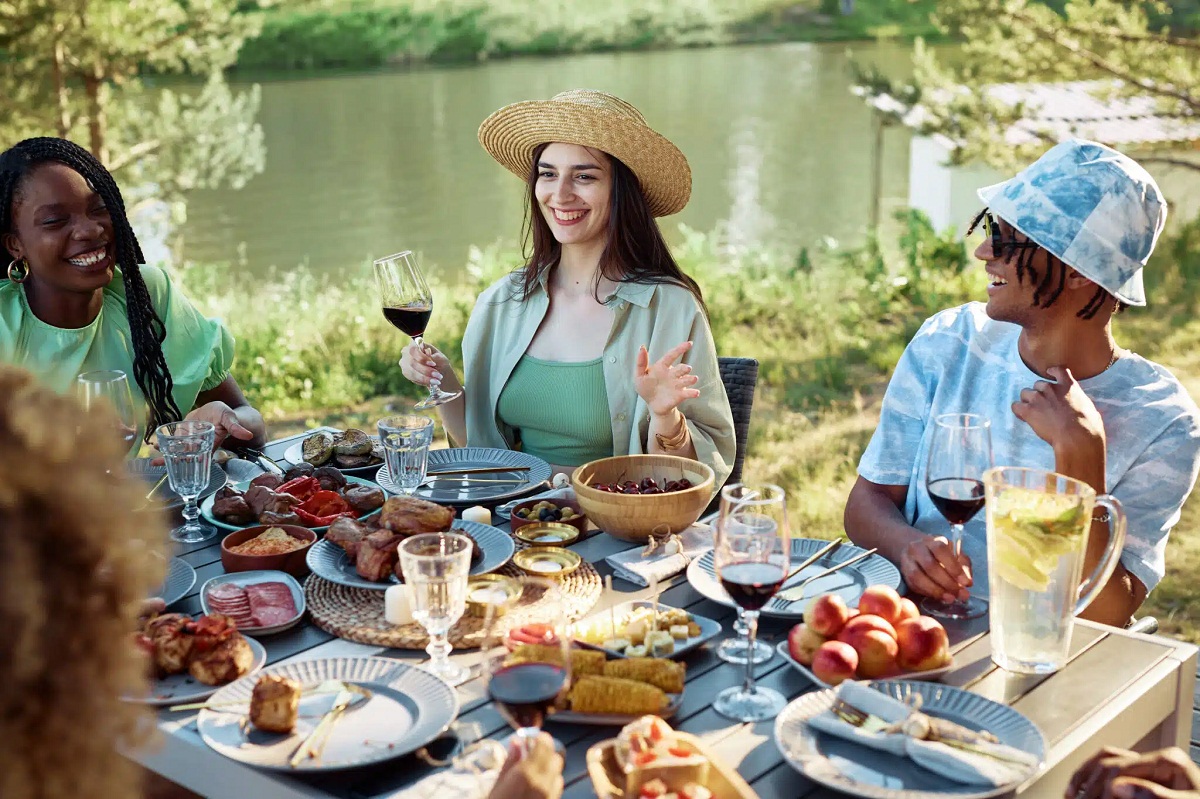
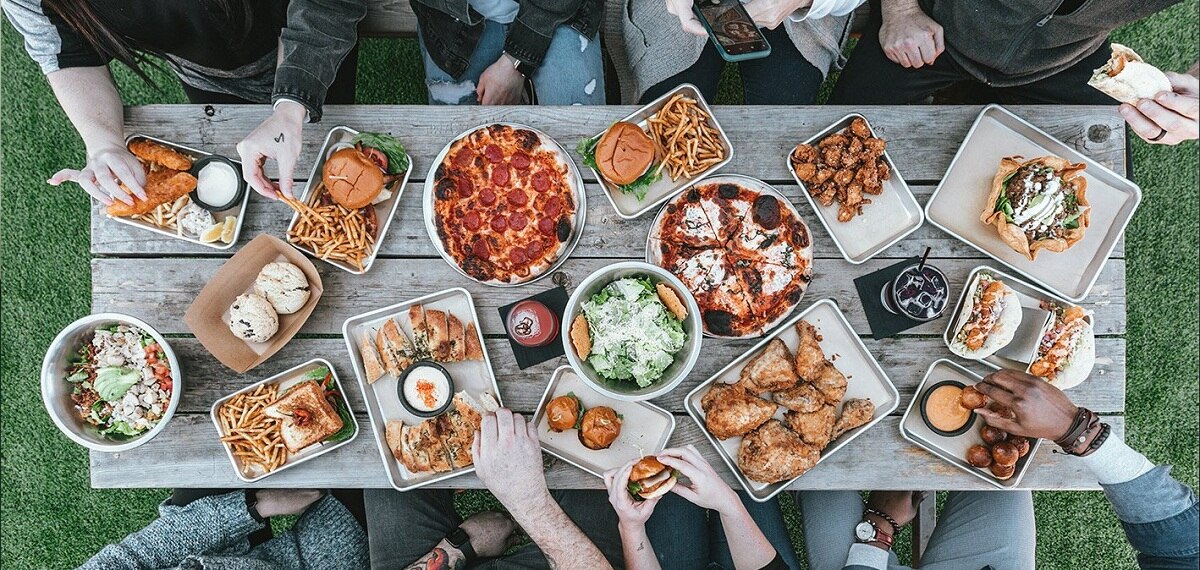
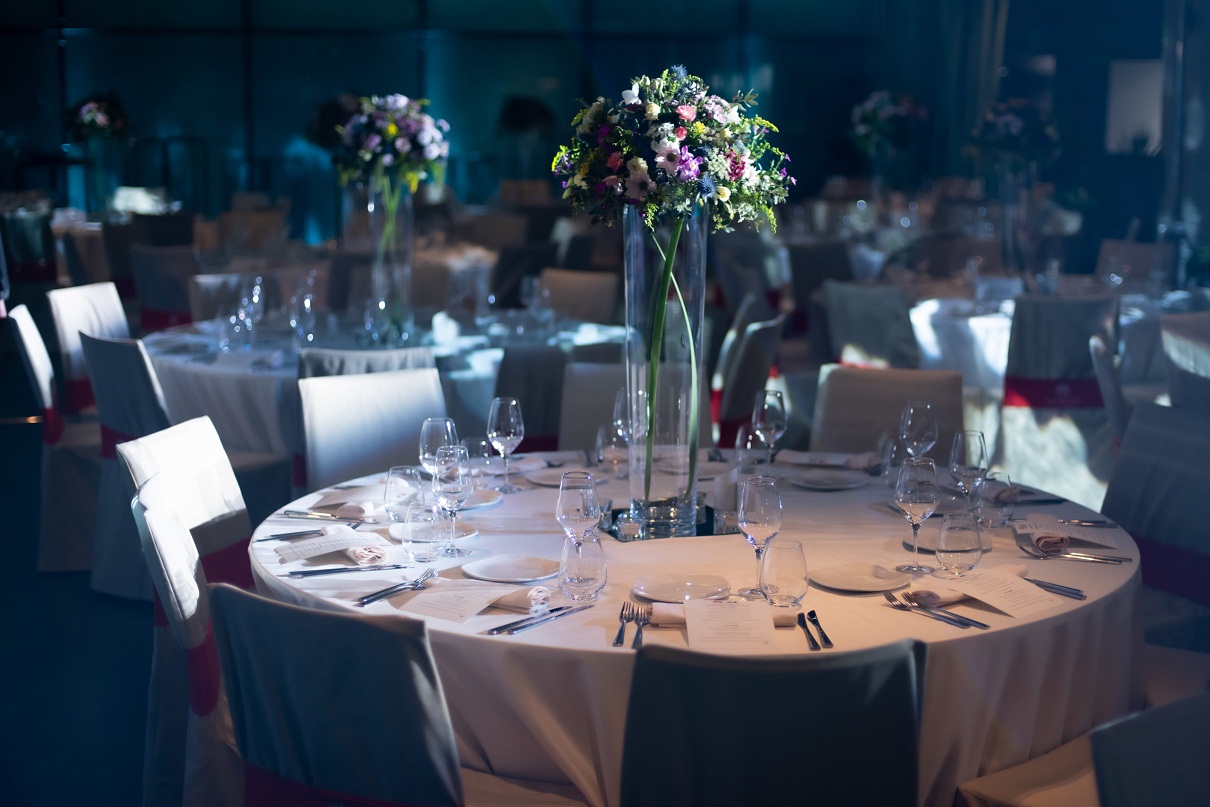



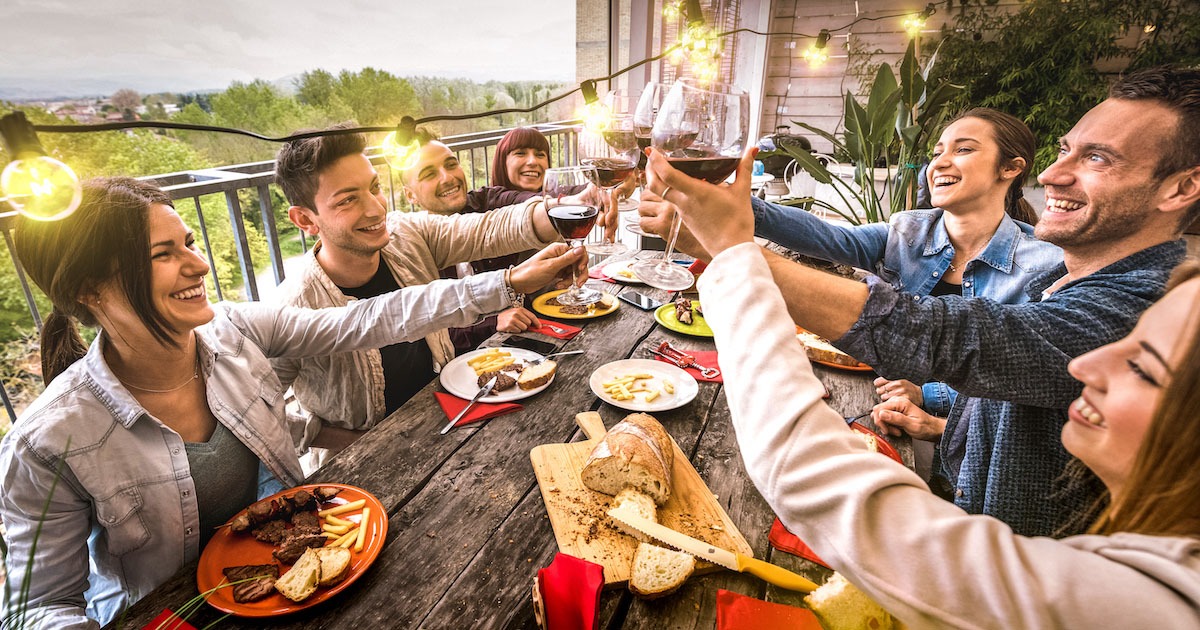
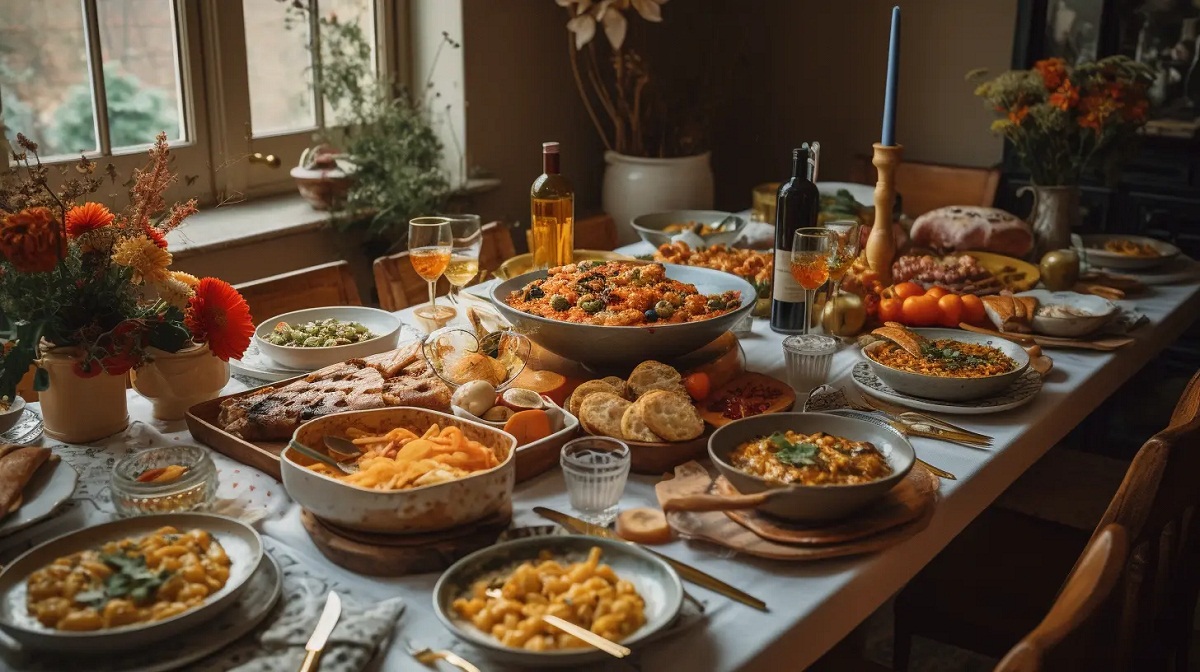
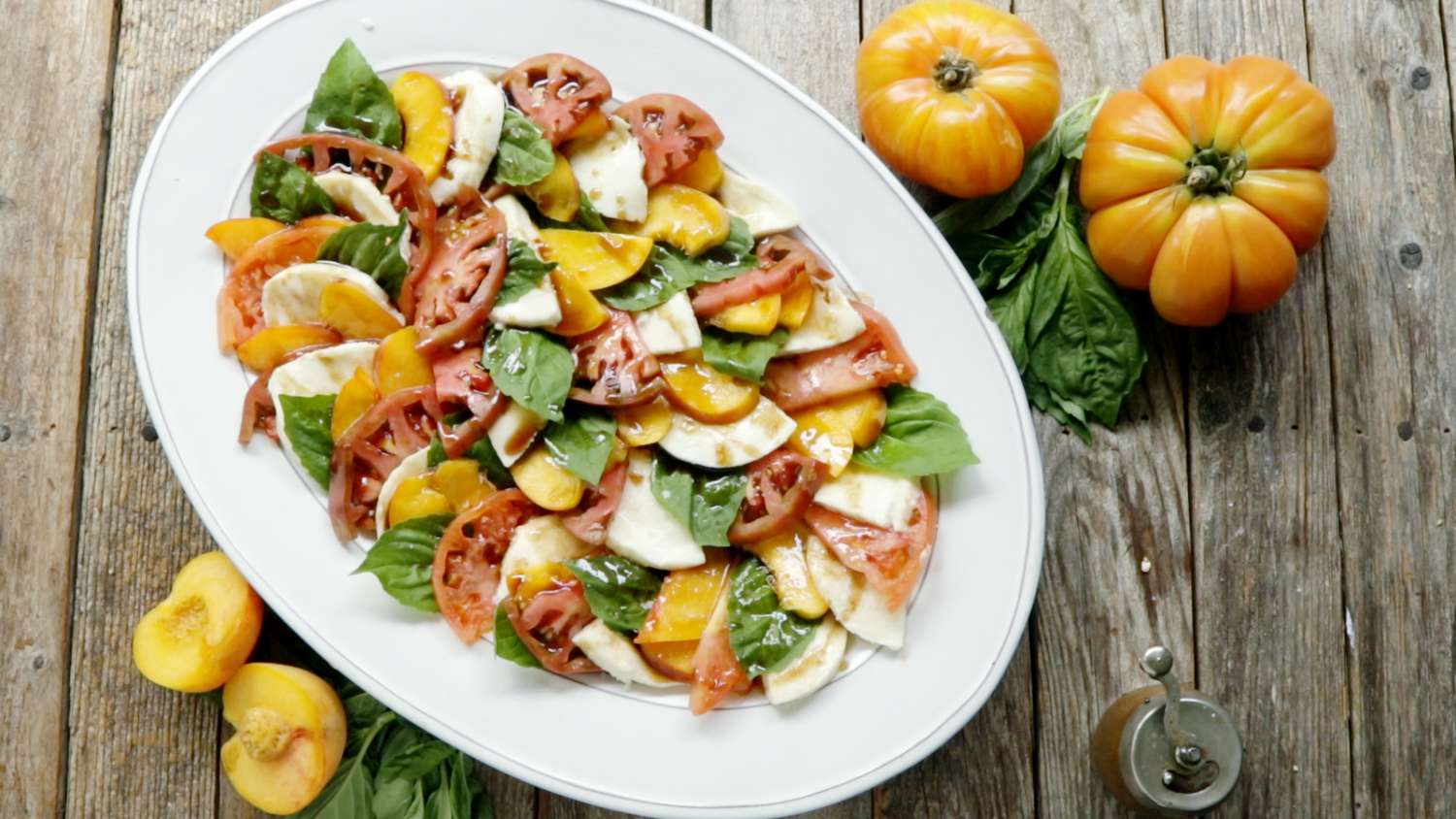
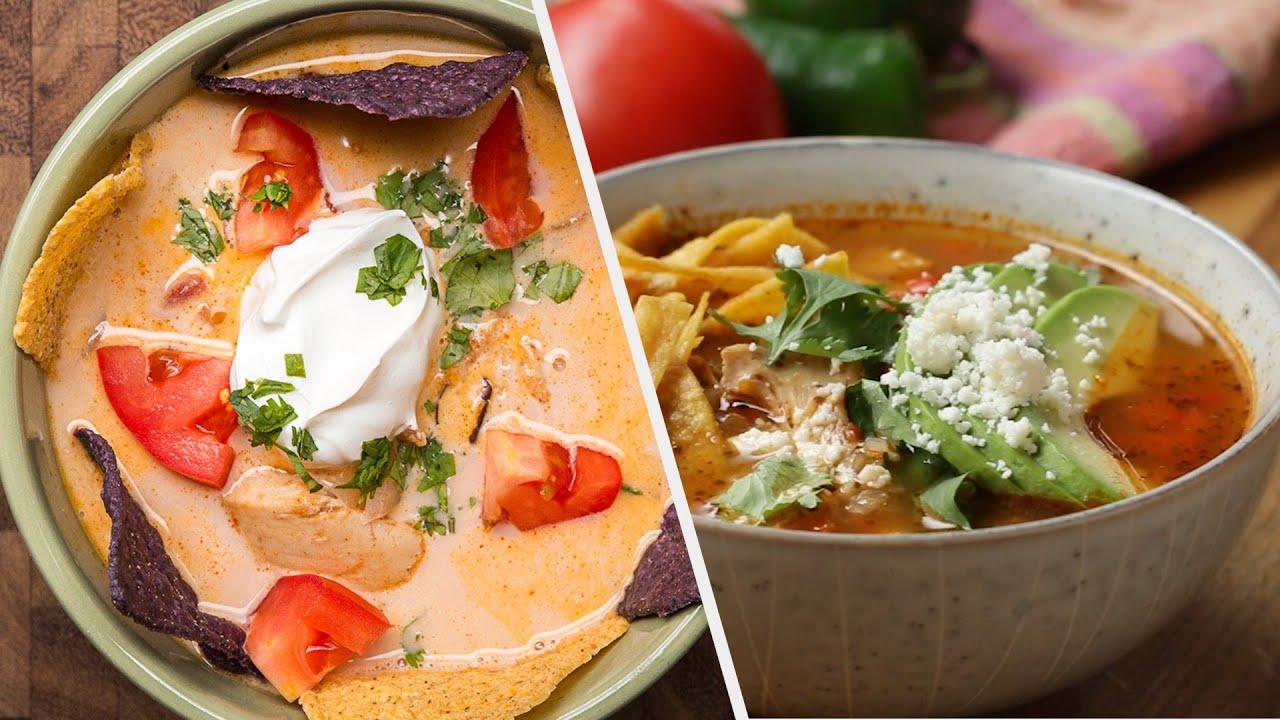
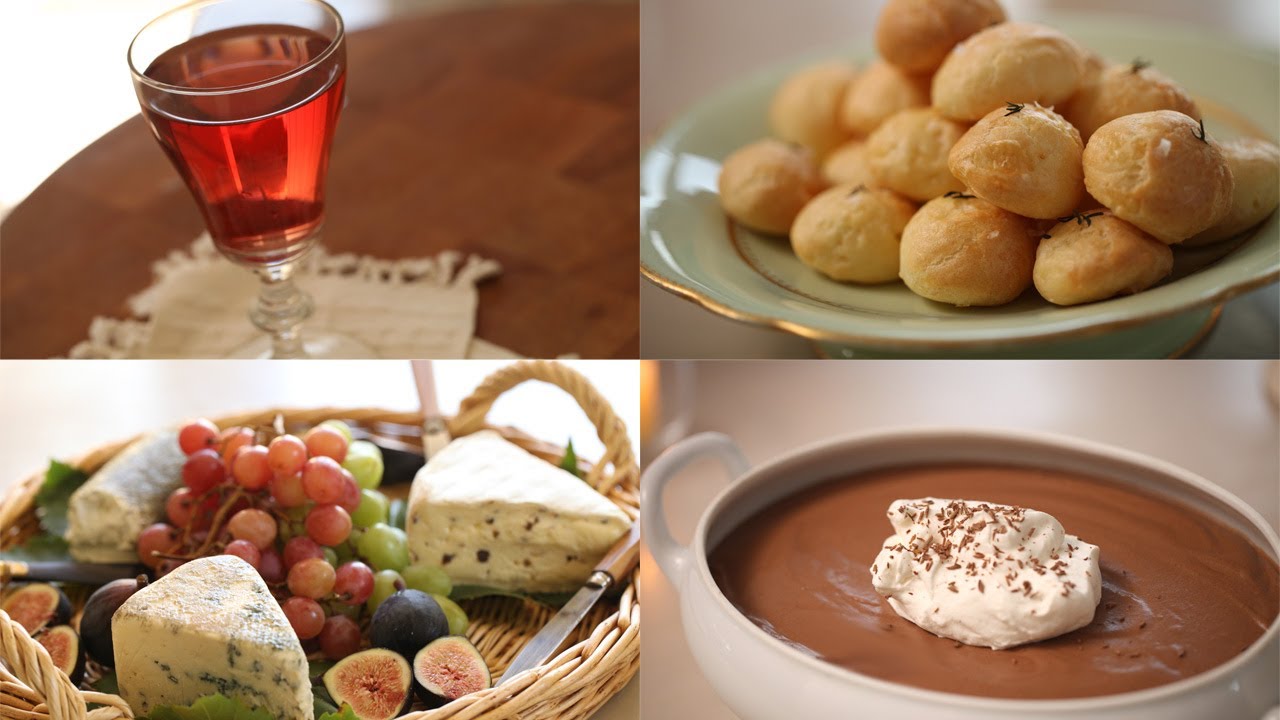

0 thoughts on “What To Bring To An Indian Dinner Party”